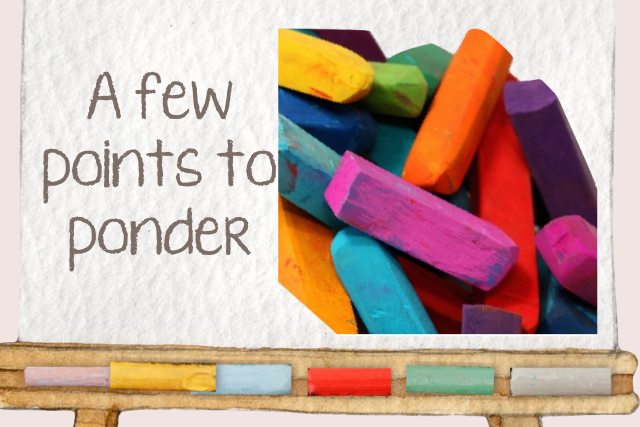There’s not much you need to know about pastels to get started. However, these few points may help.
Pastels don’t have the glamour of oil paints, and they’re a lot messier than pencils. But pastels have some unique advantages. Unlike paint, colours are mixed on the surface, meaning that you get to spend your time focused on your artwork rather than bogged down trying to mix the perfect purple on your palette! And they’re a lot faster than drawing mediums like pencils, as you can block in areas of colour very quickly. Pastels have a lot to offer. Here are some tips for working with pastels:
Plan your work
Pastels can be a very spontaneous medium, but if you know exactly what you want to capture, then there’s no substitute for planning. This is easy to do in pastels through preliminary sketching.
Sketching
For sketching, you really need to use something harder than your normal set of soft pastels, as soft pastels can’t put down fine enough lines. Hard pastels are the most popular choice, or you can use pastel pencils or even an ordinary graphite pencil. Light grey is a good colour choice when sketching, as it won’t show through in the finished artwork.
When sketching, work quickly and freely, get the main shapes down, and erase if you need to. It’s really all about getting the composition of your subject(s) right and trying out your ideas to see if they work on paper.
Take a break (Kit Kat optional)
One of the pleasures of making art is that it’s easy to get very focused on what you’re doing. It’s not uncommon to look up from your easel only to realize that hours have passed, night has fallen, and you’ve forgotten to feed your cat! For the sake of your artwork (and also your pets) though, it’s better to take regular breaks from your painting. Standing up, walking away, and then coming back to take a look at your work-in-progress will nearly always provide a fresh perspective that will help you to see what still needs doing or whether perhaps it’s time to stop.
Take a picture; it lasts longer
One of the best things you can do for your paintings is to make sure that they contain a range of values, from light to dark. A range of values means contrast, which will give your paintings definition and make them visually interesting and attractive. But how do you know whether you’ve included a variety of values in your painting? The simplest way is to take a digital photo of it and convert the photo to grayscale on your computer with an image-editing program. With colour eliminated, you’ll be able to see immediately whether there’s a wide range of values.
If you’re wanting step by step lessons head over to the Shop and view my books.
I’d appreciate you sharing this article:




0 Comments